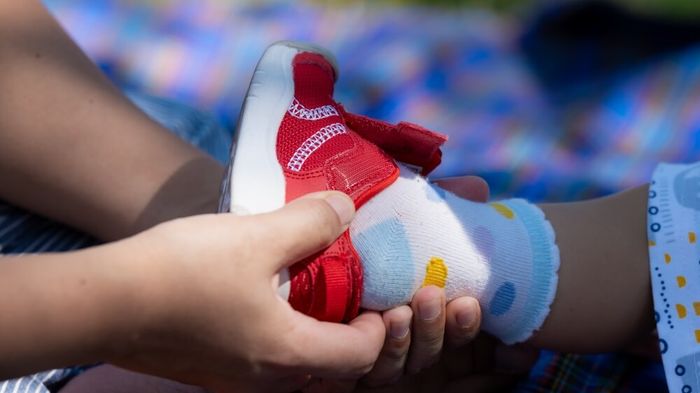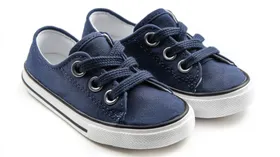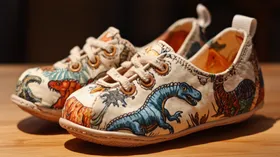Symptoms of Flat Feet in Children: Is it Time to See a Doctor?
Published April 10, 2024.

Should flat feet in children be a cause for concern? How about toe walking or out toeing? What are the symptoms of flat feet in children and when is it time to consult a podiatrist about your child’s foot development?
First of all, babies are born with flat feet because their feet tendons, or the tissue connecting their joints, are still loose. Foot arches develop as these tendons strengthen; they become fully formed by the time kids reach 4 years or older.
Congenitally speaking, there are several kinds of pes planus or flatfeet condition, and these fall under two main categories: “flexible flatfeet” and “rigid flatfeet.” Flexible flatfeet occurs when feet ligaments are unusually loose, a condition that one inherits but one can also develop as a result of certain diseases.
Rigid flatfeet is caused by abnormal or misaligned bone structure. It can either be congenital vertical talus where the foot has a rocker bottom, tarsal coalition where foot bones got fused together and prevent foot flexibility, or acquired flatfoot due to non-genetic, external conditions.
What are the symptoms of flat feet in children?
Before anything else, please don’t worry just because your child is showing signs of flat footedness especially if the symptoms are not causing any walking problem. For example, out-toeing, or when the toes point outward while walking, is a common symptom of flexible flat feet in children and adults. But as long as there is no pain or discomfort involved, it is okay. Fifteen to twenty-five percent of us inherit flexible flatfeet but do not experience any trouble walking, and thus do not need to be treated. And for some kids that do, toddler shoes with arch support or orthotics for children may be enough to provide the special reinforcement necessary to alleviate or eradicate muscle pain.
Now perhaps, a better question is, “What are the symptoms of flat feet in children that require treatment?”
One sign is when feet get tired easily or when they experience intense foot and/or leg pain after standing or walking for a prolonged period. Of course, there may be natural causes for the pain or tiredness, but flat feet tend to get tired faster due to the lack of a well-developed arch.
For congenital vertical talus (rocker bottom feet), symptoms include “callusing on the soles where the arch should be” and “peg-leg” gait. Do not confuse this with tiptoeing, which is common among toddlers especially until age 2. If your child is just learning to walk, it may be unfair to jump to conclusion right away. At best, continue to observe her motor development and growth.
Lastly, another sign of rigid flatfeet is the absence of an arch when standing on one’s toes. However, you can only tell this properly when the child is already at an age when arches are expected to have already developed.
Typically, you need to wait until your child is three years old before you can more clearly discern if there is something wrong with the way he walks. Some podiarists would put your child under observation until the symptoms of flatfeet in children are more conclusive.
Don’t panic when you observe any of these symptoms in your toddler. Find a good podiatrist or specialist and have your little one go through tests and proper diagnosis first to find out if the symptoms require treatment, and what kind. In some cases, exercises may be required together with the use of orthotics for children or orthopedic toddler shoes with arch support.





